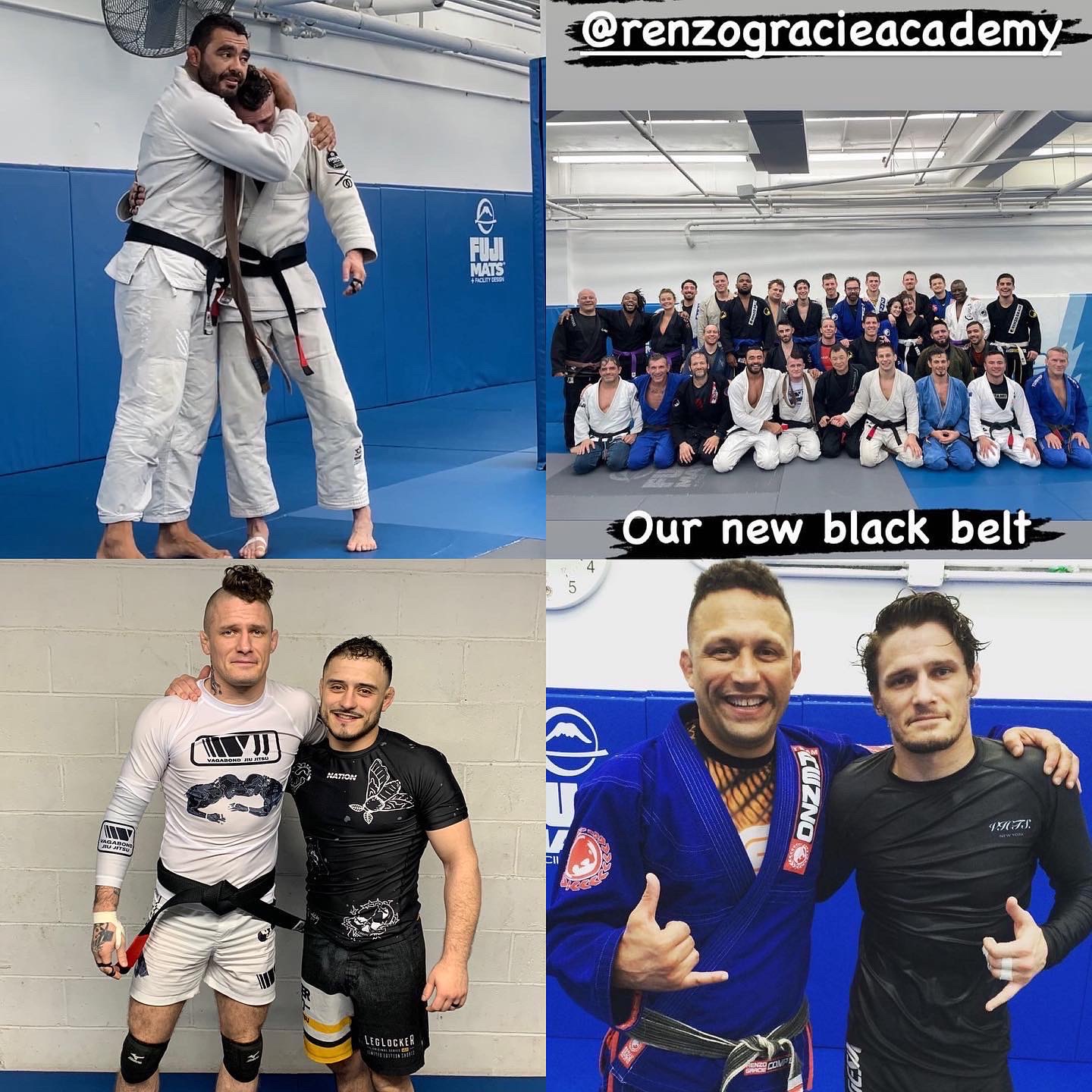What's that? Standing Judo you say? Well, it's Haragoshi....
so it doesn't count. Seionage doesn't have to be completely standing either.
Only those damn double legs aren't the real "standing Judo".
I read a lot of posts by Judo purists emphasizing Judo posture and disparaging leg grabs, the double leg (wrestling). They typically dream of this mythical place where every Judoka has perfect upright posture and the gripping is limited, and perfect Ippons fall from the sky. I noticed that they rarely disparage dropping to the knees for seionage, or makikomi/rolling all the way through for tomoenage, haraighoshi, or uchimata. They don't really mean "standing Judo" completely. They mean "standing Judo" when it's applied to wrestling and pick-up techniques so they don't have to bother with sprawling or figuring out a way to counter bent over posture.
So, then, it's not really the "standing Judo" across the board which they seek...it's to ban the leg grabs and pick-ups that are typically outside of their skillset.
Were that the case they would harp on makikomi uchimata or haraigoshi or virtually all sutemi waza....but they don't.
When the russians came in with unorthodox grips and more leg grabs/pick-ups, all of a sudden, the Japanese supremacy came into question. They realized that so long as other countries, decades behind the curve, without a national sport worth of training partners had tried to play the Japanese style of Judo, Japan was elite. All of a sudden, the Japanese style was less effective against players who did not try to play as though they were Japanese.
So gripping rules were made, they disparaged the other styles of wrestling and Sambo that made it more difficult to win with the mythical "standing Judo".
OMG!!! Even in 1986, standing Judo at the Olympic level wasn't taking place!!!!!
Good posture is key to Judo. An emphasis on standing Judo and strong upright Ippon Judo is also wonderful and great and should be the end goal. But to disparage a group of techniques that have their place, according to Kano himself, is not in the spirit of Judo.
- Judo Revolution
so it doesn't count. Seionage doesn't have to be completely standing either.
Only those damn double legs aren't the real "standing Judo".
I read a lot of posts by Judo purists emphasizing Judo posture and disparaging leg grabs, the double leg (wrestling). They typically dream of this mythical place where every Judoka has perfect upright posture and the gripping is limited, and perfect Ippons fall from the sky. I noticed that they rarely disparage dropping to the knees for seionage, or makikomi/rolling all the way through for tomoenage, haraighoshi, or uchimata. They don't really mean "standing Judo" completely. They mean "standing Judo" when it's applied to wrestling and pick-up techniques so they don't have to bother with sprawling or figuring out a way to counter bent over posture.
So, then, it's not really the "standing Judo" across the board which they seek...it's to ban the leg grabs and pick-ups that are typically outside of their skillset.
Were that the case they would harp on makikomi uchimata or haraigoshi or virtually all sutemi waza....but they don't.
When the russians came in with unorthodox grips and more leg grabs/pick-ups, all of a sudden, the Japanese supremacy came into question. They realized that so long as other countries, decades behind the curve, without a national sport worth of training partners had tried to play the Japanese style of Judo, Japan was elite. All of a sudden, the Japanese style was less effective against players who did not try to play as though they were Japanese.
So gripping rules were made, they disparaged the other styles of wrestling and Sambo that made it more difficult to win with the mythical "standing Judo".
OMG!!! Even in 1986, standing Judo at the Olympic level wasn't taking place!!!!!
Good posture is key to Judo. An emphasis on standing Judo and strong upright Ippon Judo is also wonderful and great and should be the end goal. But to disparage a group of techniques that have their place, according to Kano himself, is not in the spirit of Judo.
- Judo Revolution





